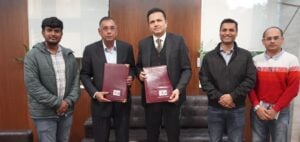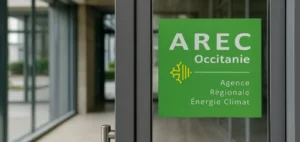General Fusion and UKAEA are collaborating to advance the commercialization of magnetized target fusion energy .This partnership supports General Fusion’s efforts to provide low-cost, low-carbon energy.
A fruitful collaboration
General Fusion and UKAEA are collaborating to advance the commercialization of magnetized target fusion energy. The results will refine the design of General Fusion’s demonstration machine being built in Culham. The company hopes that the energy projects will support its efforts in providing low-cost, low-carbon energy.
General Fusion’s approach to fusion maximizes the use of existing industrialized technologies. The company avoids the need for expensive superconducting magnets, major new materials or high-powered lasers. Thus, the demonstration machine will create melting conditions in an environment suitable for power plants.
Technical expertise
The The partnership allows General Fusion to use the UKAEA’s expertise to refine the design of its demonstration machine. Thus, the Canadian company benefits from the UKAEA’s expertise in the construction of polychromators. Greg Twinney, President and CEO of General Fusion, states:
“UKAEA’s leading fusion researchers have a proven track record of building, commissioning and successfully operating large fusion machines. Partnering with the incredible team at UKAEA will accelerate work to advance our technology and achieve our mission of providing affordable commercial fusion energy to the world.”
Polychromators are used in an industry standard diagnostic called Thomson Scattering measuring the temperature of electrons. Thus, the UKAEA will build a new, larger Thomson Scattering system. The goal is to install it on General Fusion’s demonstration fusion machine in Culham.
Specific objectives
General Fusion was forming more than 200,000 hydrogen plasmas, with an average of 100 neutron-generating plasmas per day. The partnership with the UKAEA will allow the company to exploit the organization’s neutron modeling software. Finally, UKAEA expertise will simulate the neutron flux distribution of General Fusion’s large-scale plasma injector (PI3).
The results of the PI3 simulation will allow the development of higher level physical models. Thus, they will be used to design neutron diagnostics on future machines. In addition, the results will be used in fusion demonstration and commercial power plants.






















